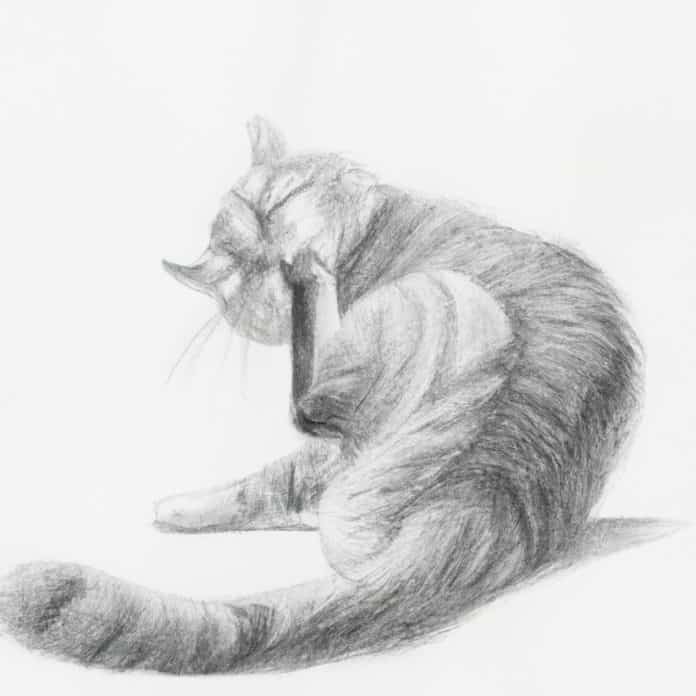Dear VetBabble, How Can I Prevent My Cat’s Fur From Knotting?
Everyone who owns a pet knows that regular grooming is essential. However, stopping your cat’s fur from knotting can sometimes feel impossible. You will likely have heard the advice, “maintain regular grooming appointments and brush your cat daily.” Moreover, you might have an idea about tools like Furminators which are quite popular among pet owners. Let’s talk more about this.
The Importance of Regular Grooming
The first step in preventing your cat’s fur from knotting is regular grooming. This is not just something that applies to cats but it is important for all pets. Through our Cat Grooming Basics guide, you can learn about different techniques and tips that can keep your cat’s fur healthy and knot-free. For those who own dogs too, regular grooming is equally important. To get started with the essentials, check out our article on Dog Grooming Basics.
Grooming doesn’t merely keep your pet looking good – it benefits their overall health too. It helps get rid of dirt and dead skin, stimulates natural oils in the fur, and provides a great opportunity to check for any underlying skin conditions or abnormalities. Plus, it strengthens your bond with your pet.
Choosing the Right Brushes: Do Furminators Really Work?
Choosing the correct brush for your pet is an essential step in preventing fur from knotting. One type of brush that’s very popular and is highly recommended is a Furminator. This tool, along with others, is found in our Dog Grooming Tools article. While the page focuses on dogs, most of these tools can be used for cats too or have specific cat versions.
Furminators are incredibly effective for removing loose hair and reducing shedding. They are designed to reach through the topcoat to remove loose undercoat hair without damaging the topcoat. But are Furminators all you need?
While Furminators are an exceptional tool, it’s important to understand that they are not meant to be your only tool. Using only a Furminator could lead to over-grooming, resulting in bald spots or skin irritation. It’s recommended to use the Furminator along with other brushes suitable for your pet’s fur type.
Understanding Cat Hairballs
When dealing with cat fur, it’s vital to understand how hairballs form. Owning a cat means you are familiar with the occasional unsightly hairball. Hairballs are essentially clumps of fur that your cat has swallowed during grooming, which is then regurgitated. They should not be a frequent occurrence though.
That’s why regular grooming is so important and brushing helps to remove excess fur, which can reduce the occurrence of hairballs. Our article Hairballs and Cats: What Should I Know? gives you a comprehensive understanding of this issue and tips on how to prevent it.
To sum it up, maintaining a regular grooming schedule and using the right assortment of tools will help keep your cat’s fur from knotting. Always remember that proper grooming is not only about knot-free fur but also about your pet’s overall health and comfort.









